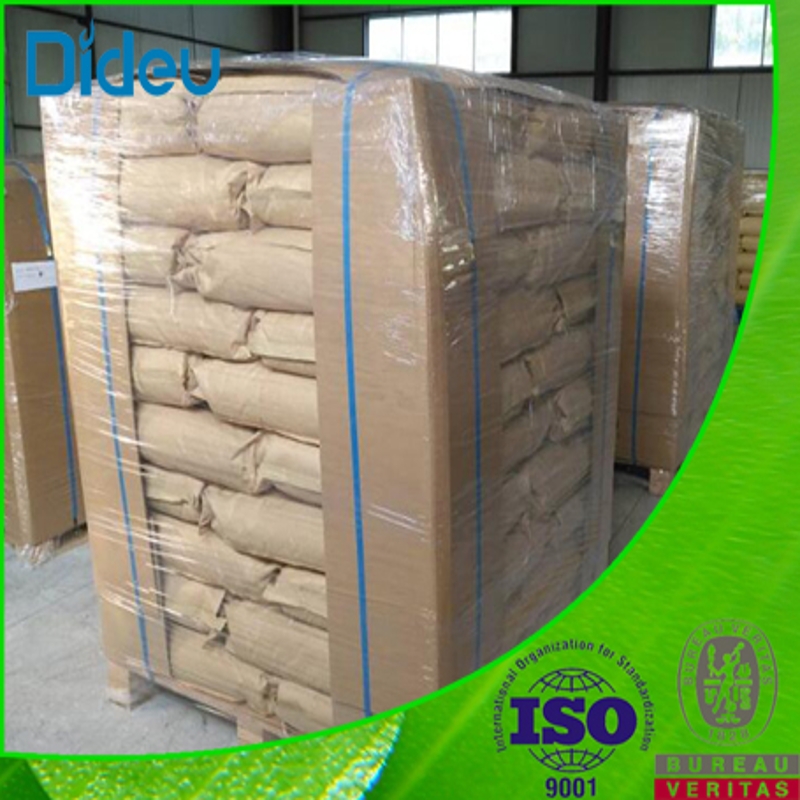-
Categories
-
Pharmaceutical Intermediates
-
Active Pharmaceutical Ingredients
-
Food Additives
- Industrial Coatings
- Agrochemicals
- Dyes and Pigments
- Surfactant
- Flavors and Fragrances
- Chemical Reagents
- Catalyst and Auxiliary
- Natural Products
- Inorganic Chemistry
-
Organic Chemistry
-
Biochemical Engineering
- Analytical Chemistry
-
Cosmetic Ingredient
- Water Treatment Chemical
-
Pharmaceutical Intermediates
Promotion
ECHEMI Mall
Wholesale
Weekly Price
Exhibition
News
-
Trade Service
Researchers at the University of Cambridge have developed a laboratory model of lithium-air batteries that solve several problems
related to similar chemical batteries.
The lithium-air battery they developed has high energy density, "more than 2,000 charges" and a theoretical energy efficiency of more than 90%.
Scientists believe lithium-air batteries will one day replace current lithium-ion batteries
.
Lithium-ion batteries, which came out 25 years ago, laid the foundation for the rise of today's portable devices, and lithium-ion batteries with light weight and small size are more suitable for consumer electronic devices than previous similar products
.
Compared to the batteries currently used in electric vehicles, lithium-air batteries are lighter and the weight of the body is correspondingly reduced, which means that electric vehicles can travel longer distances
on a single charge.
Lithium-air batteries also have a higher
energy density.
In a statement, the Cambridge researchers acknowledged that commercialization of lithium-air batteries will take "at least 10 years", but their study shows that some significant hurdles to developing such batteries can be overcome
.
The researchers point out that the energy density of the new battery is theoretically 3350 watt-hours per kilogram of electrodes, which is more than 10 times
that of current lithium-ion batteries.
The energy density of current lithium-ion batteries is 140-250 watt-hours
per kilogram of electrodes.
Researchers at the University of Cambridge have developed a laboratory model of lithium-air batteries that solve several problems
related to similar chemical batteries.
The lithium-air battery they developed has high energy density, "more than 2,000 charges" and a theoretical energy efficiency of more than 90%.
Scientists believe lithium-air batteries will one day replace current lithium-ion batteries
.
Lithium-ion batteries, which came out 25 years ago, laid the foundation for the rise of today's portable devices, and lithium-ion batteries with light weight and small size are more suitable for consumer electronic devices than previous similar products
.
Compared to the batteries currently used in electric vehicles, lithium-air batteries are lighter and the weight of the body is correspondingly reduced, which means that electric vehicles can travel longer distances
on a single charge.
Lithium-air batteries also have a higher
energy density.
In a statement, the Cambridge researchers acknowledged that commercialization of lithium-air batteries will take "at least 10 years", but their study shows that some significant hurdles to developing such batteries can be overcome
.
The researchers point out that the energy density of the new battery is theoretically 3350 watt-hours per kilogram of electrodes, which is more than 10 times
that of current lithium-ion batteries.
The energy density of current lithium-ion batteries is 140-250 watt-hours
per kilogram of electrodes.







